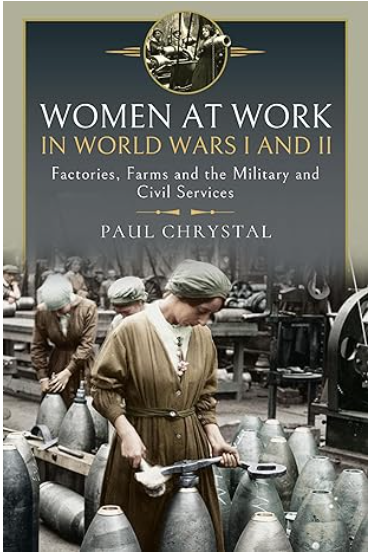 New from Pen and Sword, Paul Chrystal’s “Women at Work in World Wars I and II” examines women’s roles in Britain, filling the void left by men who went to fight, ensuring Britain’s survival and contributing significantly to the war efforts.
New from Pen and Sword, Paul Chrystal’s “Women at Work in World Wars I and II” examines women’s roles in Britain, filling the void left by men who went to fight, ensuring Britain’s survival and contributing significantly to the war efforts.
Chrystal meticulously details the discrimination and prejudice women faced despite their undeniable proficiency and industriousness. Through compelling anecdotes and thorough research, the book underscores the impact of women’s labour on the war outcomes and the broader societal changes.
Chrystal, a prolific British author, doesn’t overlook lesser-known areas where women contributed, like small arms manufacturing, emergency services, and even the controversial topic of prostitution during the wars. The book’s structure, divided into two parts corresponding to the two World Wars, allows for an in-depth comparison and highlights the continuity and change in women’s contributions across these periods.
Four copies are at the Ottawa Public Library, with 13 holds (one is mine!). It’s available for purchase from amazon.ca in both hardcopy and as an eBook. Google Books has a generous preview, the basis for this post.
Product details
Publisher : Pen and Sword (4 April 2024)
Language : English
Hardcover : 248 pages
ISBN-10 : 1399071262
ISBN-13 : 978-1399071260
Item weight : 499 g
Dimensions : 15.75 x 2.79 x 23.62 cm



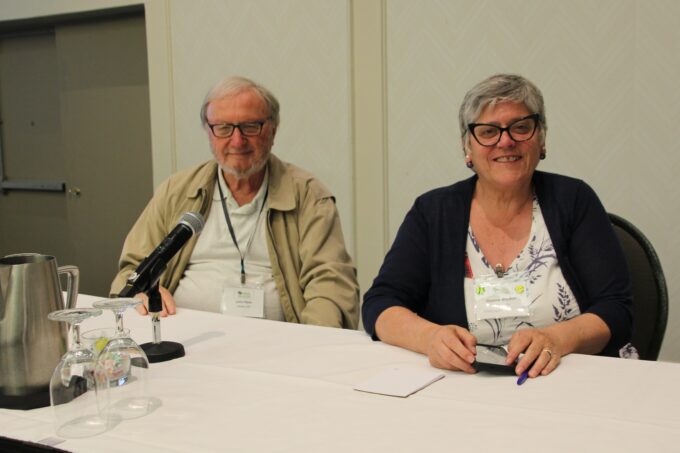
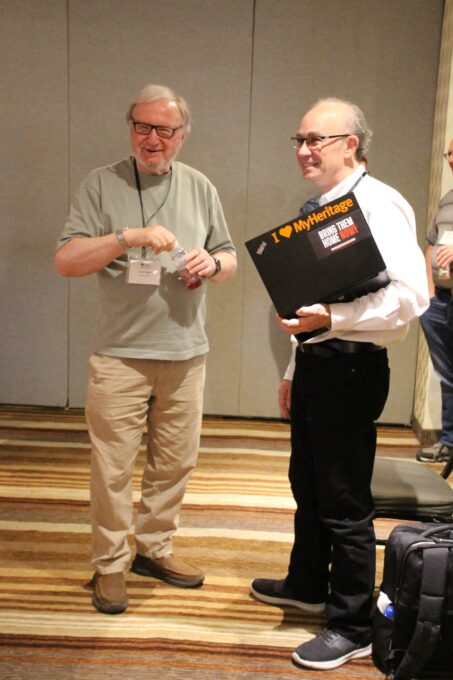
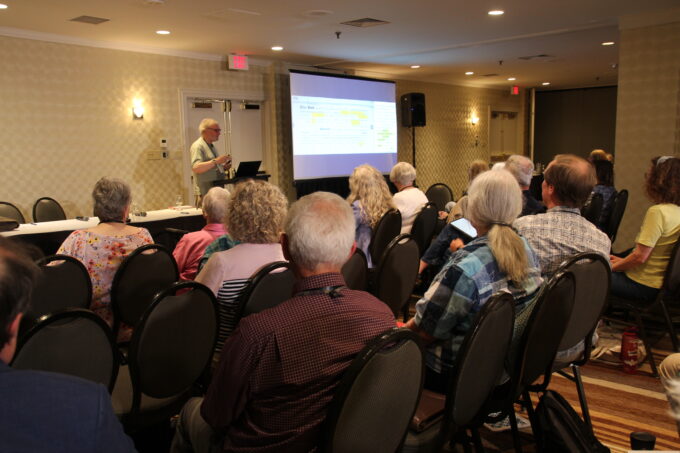
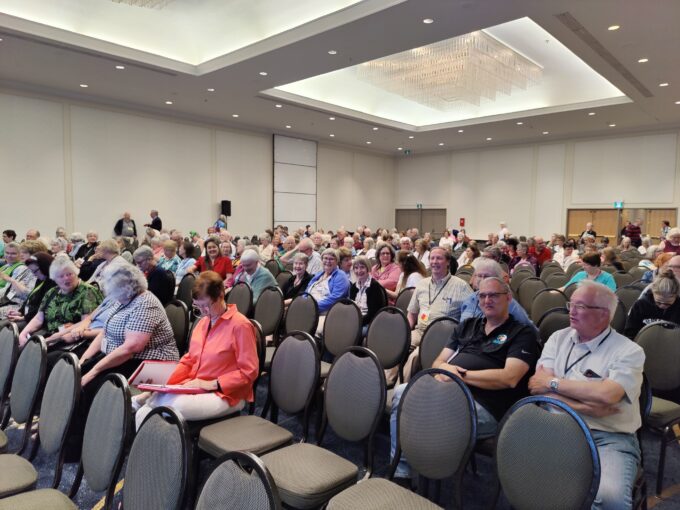

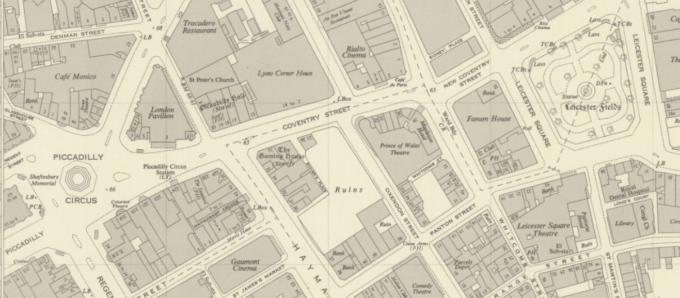
 This new resource on
This new resource on 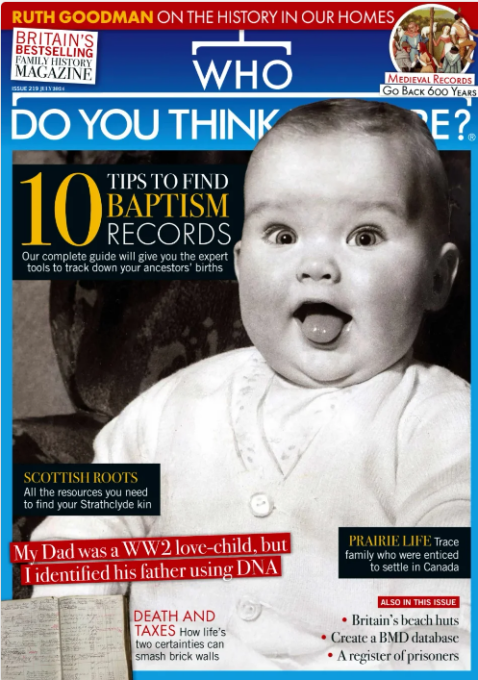 The baby on the cover of the July WDYTYA magazine, is a sure attention grabber. It highlights Chris Paton’s lead article, 10 Baptism Problems and How to Solve Them. He looks at problems often encountered from across the UK and Ireland. In the Resources sidebar he mentions
The baby on the cover of the July WDYTYA magazine, is a sure attention grabber. It highlights Chris Paton’s lead article, 10 Baptism Problems and How to Solve Them. He looks at problems often encountered from across the UK and Ireland. In the Resources sidebar he mentions